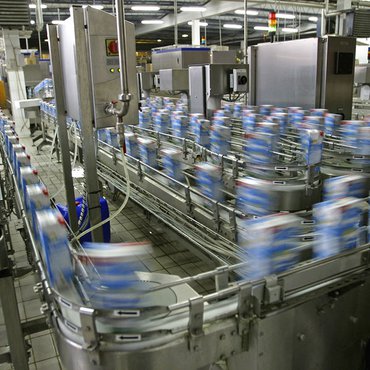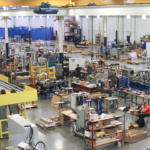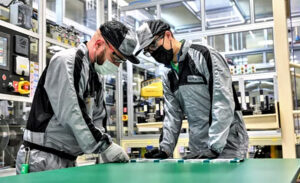

By Rachel Slade
NYT Op-Ed, Jan. 5, 2024
Growing up, my parents drove my brothers and me around in lumbering Fords and ungainly Oldsmobiles until one fateful day in the summer of 1980, when my dad showed up in a brand new, all-beige VW Rabbit. It was a completely foreign thing, something from the future, a compact — perish the thought — German automobile. Buying a European car was now OK, my dad made a point of telling us, because this one was made in the U.S.A.
I inherited my father’s “made in the U.S.A.” credo, obsessively hunting for labels, flipping over plates and chairs and turning clothes inside out to find a country of origin. Which is how, over the ensuing decades, I became exquisitely aware that much of the stuff I bought was no longer made in the U.S.A. Everything from my Gap sweatshirts in the ’90s to my clunky desktop in the early aughts, and eventually to my refrigerator and dishwasher, was made elsewhere.
What happened to manufacturing in America and the environmental and economic consequences of offshoring — companies sending their manufacturing abroad — is a story we think we know. The demise of American production seems inevitable, the result of the rise of globalization and free trade. But now we are learning that the precipitous decline was the result of a steady, concerted, decades-long effort among power brokers to wrest the economy from a worker-dependent model to one where skilled workers are expendable. Corporate executives sold free trade to policymakers as a way to lower consumer pricing, but the human and political costs of offshoring were high. Read More





No comment yet, add your voice below!